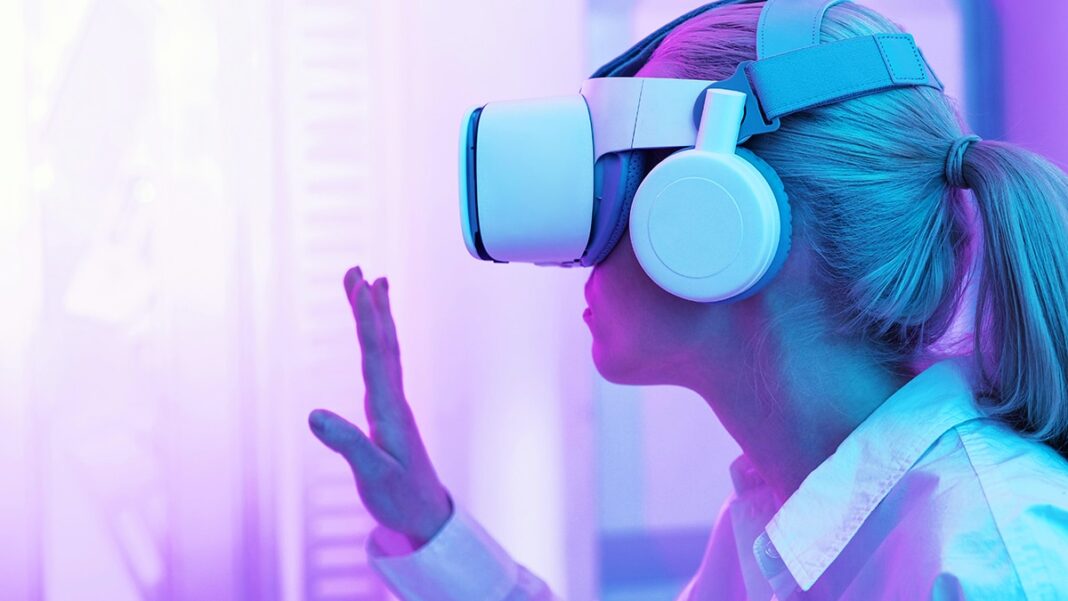Digital transformation has revolutionized numerous industries, and one of the most exciting developments to emerge from this era is mixed reality. Combining elements of virtual and augmented reality, mixed reality (MR) has the power to transform how we interact with our surroundings, bridging the gap between the physical and digital worlds. With advancements in technology and increased accessibility, businesses across various sectors are now leveraging MR to enhance productivity, improve customer experiences, and unlock boundless potential.
The Rise of Mixed Reality
Mixed reality can be defined as a technology that seamlessly blends virtual and real-world environments, allowing users to interact with digital content while simultaneously perceiving the physical surroundings. This technology has made its mark in various fields, including gaming, healthcare, education, retail, and manufacturing.
Enhancing Productivity through Mixed Reality
One of the most prominent applications of mixed reality is in the workplace. MR technologies, such as Microsoft’s HoloLens, have the potential to revolutionize how businesses collaborate and streamline their operations. With MR, teams can share 3D models, visualize data in real-time, and work collaboratively in virtual environments, regardless of geographical barriers. This not only improves productivity but also fosters innovation and creativity.
In industries involving complex machinery and manufacturing processes, mixed reality can play a vital role in training and maintenance. Instead of relying on traditional manuals and training sessions, workers can utilize MR headsets to get step-by-step instructions overlaid onto the physical equipment. This immersive learning experience significantly reduces errors, enhances safety, and accelerates the training process.
Transforming Customer Experiences
Mixed reality has the potential to completely transform customer experiences in numerous industries. In the retail sector, for example, MR can create an entirely new way of shopping. Imagine being able to try on clothes virtually, without physically stepping into a fitting room, or visualizing how furniture would look in your home before making a purchase. MR can bridge the gap between online and in-store experiences, providing customers with a personalized and interactive shopping journey.
Moreover, in the healthcare field, mixed reality can revolutionize patient care and medical training. Surgeons can utilize MR to visualize and manipulate patient data in real-time during complex procedures, enhancing precision and reducing the risk of errors. Medical students can also benefit from MR simulations, allowing them to practice surgical techniques and gain hands-on experience in a safe and controlled environment.
Opportunities and Challenges
While mixed reality offers immense potential, there are several factors to consider for successful implementation. Firstly, the technology itself needs to be more affordable and accessible. Currently, MR headsets are still relatively expensive, limiting widespread adoption. As technology evolves and production costs decrease, we can anticipate a more democratized mixed reality landscape.
Another challenge lies in designing intuitive and user-friendly interfaces. Interacting with virtual objects in real-world environments can be complex, and creating intuitive ways for users to manipulate and navigate these environments is crucial. User experience design and human-computer interaction will play a pivotal role in ensuring the seamless integration of mixed reality into our daily lives.
Important Considerations
As mixed reality becomes more prevalent, it is essential to address ethical and privacy concerns. With the integration of virtual and augmented content into our physical environment, issues surrounding data security, personal privacy, and the potential for addiction need to be addressed. Regulatory frameworks must be in place to ensure the responsible and ethical use of mixed reality technologies.
Furthermore, it is essential to consider the potential socioeconomic impacts of widespread MR adoption. While this technology holds immense potential for economic growth and job creation, it may also disrupt certain industries or professions. Striking a balance between innovative transformation and mitigating negative consequences is crucial for a sustainable digital future.
Summary
Mixed reality represents a new frontier in the digital transformation era. By seamlessly merging virtual and real-world environments, MR has the potential to enhance productivity, transform customer experiences, and revolutionize numerous industries. However, widespread adoption of mixed reality requires addressing challenges such as affordability, user-friendly interfaces, and ethical concerns. As we navigate this new dimension, it is imperative to approach the potential of mixed reality with cautious optimism and a commitment to responsible and inclusive digital transformation.
- Unleashing the Power of Progress: Crafting an Astounding Growth Strategy - 17 de agosto de 2023
- Evolution Unleashed: Unlocking the Power of Iteration - 17 de agosto de 2023
- Unleashing Unlimited Potential: The Power of Scalability - 17 de agosto de 2023




